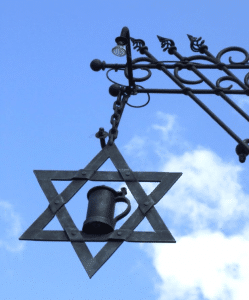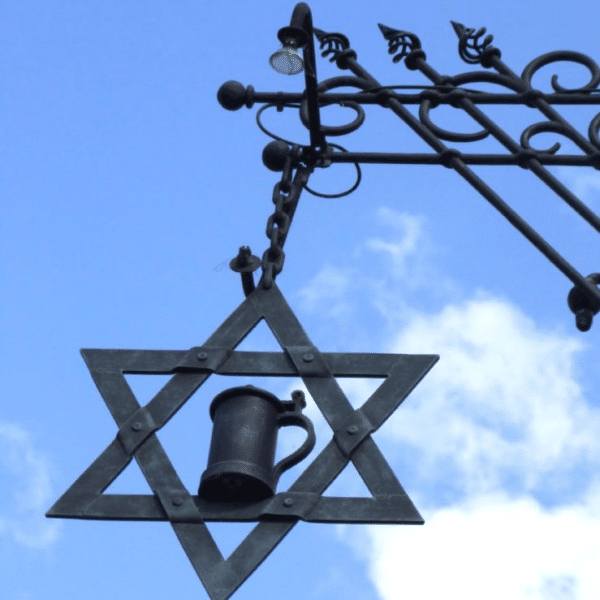 What is Zoigl Beer?
What is Zoigl Beer?
Brewed for over 500 years, Zoigl is a style of beer made in accordance with traditional methods in five towns in the Oberpfalz, a region in eastern Bavaria that borders Czech Republic. Traditional Zoigl beer bottom-fermented beer, unpasteurized and unfiltered, brewed in the community brewhouse in the small towns of Eslarn, Falkenberg, Mitterteich, Neuhaus, and Windischeschenbach.
Zoigl Brewhouses
Some traditional brewhouses are owned by the local community, while others are owned and operated by a group of brewers. Only those who own the brewing right, often historically linked to a specific property, are allowed to brew this traditional beer in a communal brewhouse. Brewers must pay a fee for each brew, as part of a reserve fund for brewhouse maintenance and renovation.
Brewing Process
In this traditional practice, malted barley is mixed and boiled in brewing kettles over a wood fire, except in Mitterteich, where the furnace is coal-fired. The resulting wort is cooled overnight in a large open vessel, before spending two weeks in brewery tanks.
From there it is transferred to brewers’ private cellars, where lager yeast is added for additional fermentation. Contemporary Zoiglbier is gently carbonated, and aged for only a few weeks, in contrast to most other lagers that are fermented for 6-8 weeks. All Zoigl beer is made through essentially the same method, but will derive its unique flavour through type and ratio of malt and hops, as well as length of fermentation.
Zoiglstuben
Dating back to the Medieval period, those with brewing privileges would use the community brewhouse to brew for personal consumption. Once the cask was tapped, it would have to be consumed quickly, so brewers often invited neighbours over to help polish it off. Modern Zoiglstuben, or temporary pubs, were born out of this historic tradition.
Once a beer is brewed, it is sold in the brewer’s house, which effectively becomes a pub until all the beer is gone. Often the first floor of a house, zoiglstuben are simple places with a homey atmosphere, offering beer and a small selection of snacks at a modest price. Brewing and serving Zoigl is a part-time occupation, as each Zoiglstuben is generally open for a few days, 10-12 times per year.
Zoigl Star
The word Zoigl, is derived from the German verb “zeigen,” meaning “to show.” From its early history, the availability of extra beer was advertised through a sign hung from the brewer’s house. Bushes and brooms were sometimes used, but the six-pointed star became the most common symbol during medieval times, ostensibly to inform the largely illiterate population when homebrew was available. The star has long been associated with alchemy and brewing, representing the three medieval elements essential for brewing: fire, water, and air, and the other the three ingredients in beer: water, malt, and hops. Yeast was not represented in the Zoigl star, as its role in fermentation was not known until the nineteenth century.
Zoigl is not a trademarked beer style, which has allowed for commercial breweries across Germany to market beer as “Zoigl.” Due to Ziogl’s rising popularity over recent years, the brewers of the five remaining Zoigl towns banded together to protect their long-standing tradition. Only members brewing and serving beer in the traditional way are permitted to display the green ‘Echter Zoigl vom Kommunbrauer’ logo, or ‘Genuine Zoigl beer served by a community brewer’.
On your next Bavarian excursion, be sure to spend an afternoon at a stuben for a truly unique brewhouse experience!
(Leah is a Toronto based freelance writer as well as the Beer Boss and a server at C’est What)


